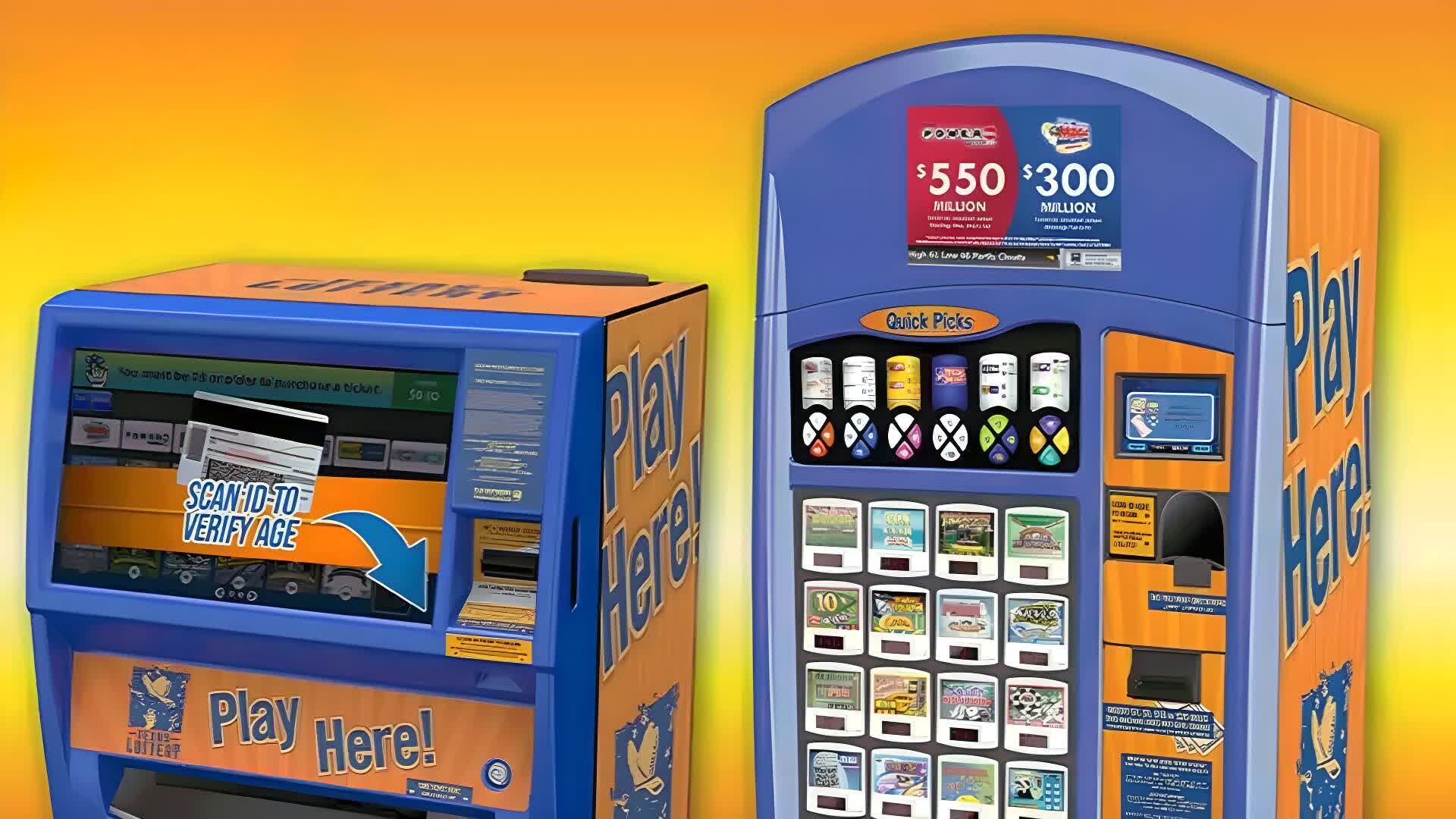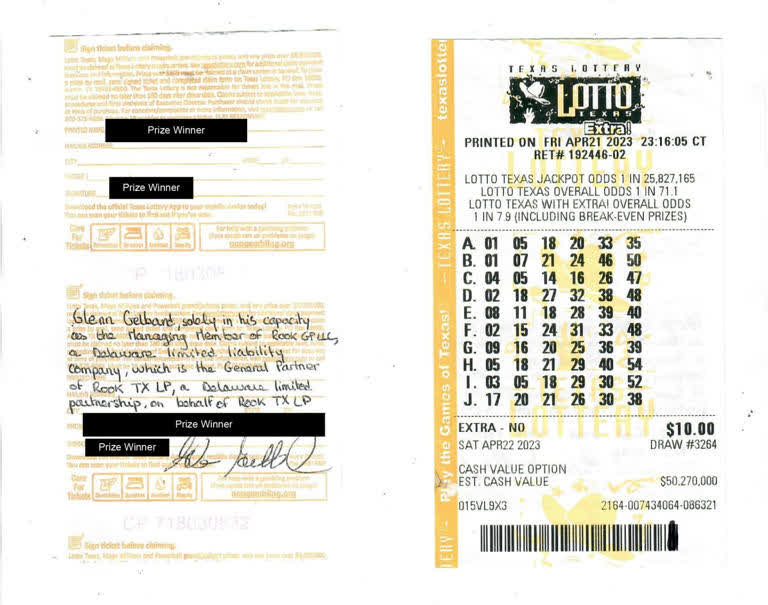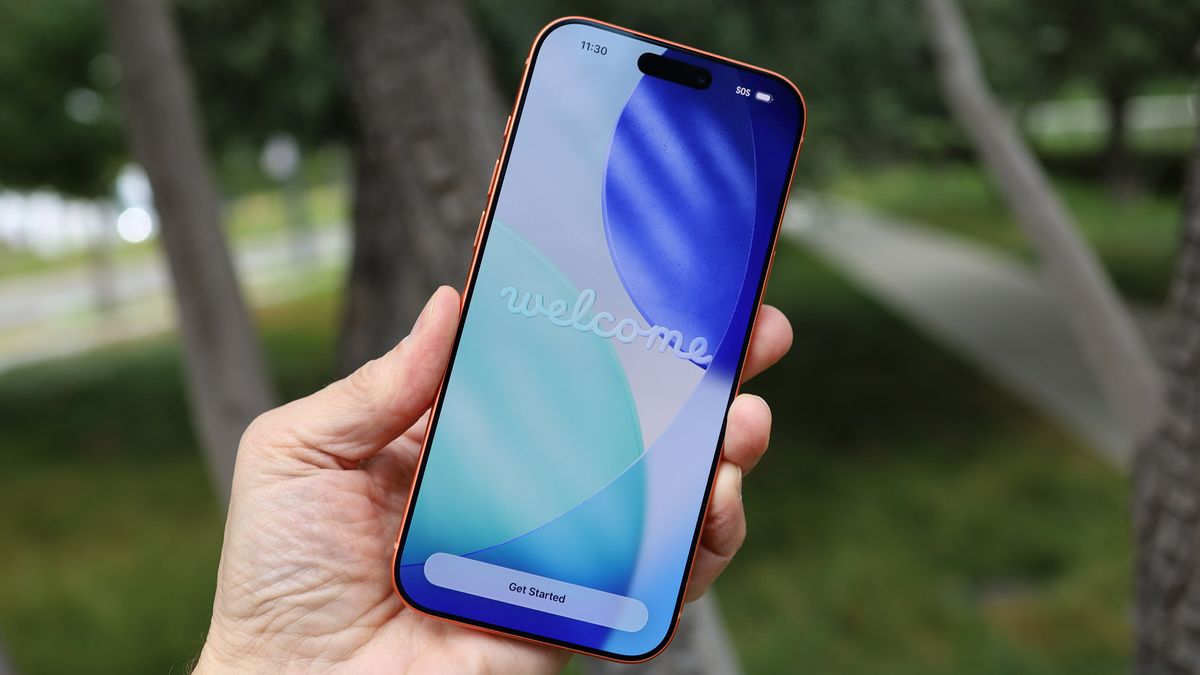Serving tech enthusiasts for over 25 years.
TechSpot means tech analysis and advice you can trust.
WTF?! It's something many people have thought about: when a lottery jackpot reaches an enormous figure, would it be possible to buy every combination of numbers to guarantee a win? There are plenty of reasons why this is usually impossible or just doesn't work, but a team that included a legendary gambler showed it could be done by winning a $95 million Texas lottery jackpot.
The story started in the spring of 2023, when London banker-turned-bookmaker Bernard Marantelli wanted to buy every ticket combination in an upcoming Texas lottery to guarantee the jackpot win, which was closing in on $95 million.
With tickets priced at $1 each and 25.8 million combinations, the profit would be almost $60 million, writes the Wall Street Journal. This assumes no one else picked the winning combination; otherwise, the prize would have been split.
Marantelli put together a team that included famed Tasmanian gambler Zeljko Ranogajec (aka John Wilson), who bankrolled the operation. His reputation for pulling off capers at gambling venues had earned him the nickname "The Joker."
The plan was to use the machines that allow people to play the lottery by picking their numbers and receiving a printed ticket. In 2023, Texas allowed online lottery-ticket vendors to open shops to print tickets for their customers.
Marantelli flew to Texas and established four makeshift ticket-printing hubs, including a warehouse and a defunct dentist's office. They acquired official lottery terminals from a struggling online lottery vendor, Lottery.com, and printed nonstop for three days.
The team had converted each number combination into a QR code, which were scanned into the terminals by crew members using their phones. They were printing over 100 tickets every second to purchase 99.3% of every possible combination of the six numbers from 1 to 54.
The printed tickets were organized into boxes so the winning numbers could be easily located.
Surely enough, one of the tickets won the jackpot. It was the only winner. After taking a lump sum payout of $57.8 million, the team walked away with a profit of around $20 million.
via The Wall Street Journal
Lottery.com executive Greg Potts wrote in an internal email "This is a huge win for the company," highlighting that the firm would make a profit of nearly $264,000 on its sales commission.
The win was claimed anonymously under the name "Rook TX," and soon became public knowledge when the Houston Chronicle broke the story.
Texas officials, including Governor Greg Abbott, ordered investigations, and self-appointed Texas-gambling watchdog Dawn Nettles sued Lottery.com and the winners for defrauding regular players. The defendants have not yet responded to the allegations.
"If the investigation turns up information that would lead to a potential prosecution, that should be undertaken," Abbott said last month. "And if the investigation leads to, let's say, inadequate measures that they have at the Commission, those measures need to be reformed."
Texas Lieutenant Governor Dan Patrick called the scheme "the biggest theft from the people of Texas in the history of Texas", more than "all the bank robberies, all the train robberies in the Old West, everyone who's stolen anything" combined.
Bulk buying lottery tickets is technically legal. A lawyer representing Rook TX told The Wall Street Journal that "all applicable laws, rules and regulations were followed."
Since the win, others have tried to repeat the formula. Retailers have received offers to lease out their lottery terminals for mass ticket printing.
The Texas Lottery Commission has tried to make this practice more difficult, including no longer providing low-traffic lottery outlets with extra terminals. The commission has also pushed out a software update that limits the number of tickets a terminal can sell in a day.
Masthead: Philip Oroni












 English (US) ·
English (US) ·